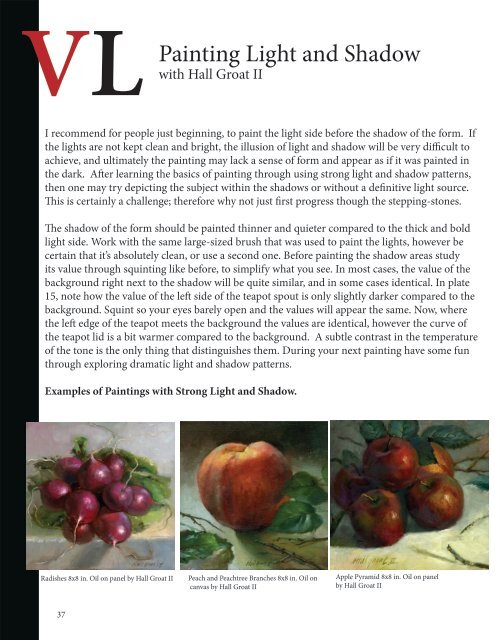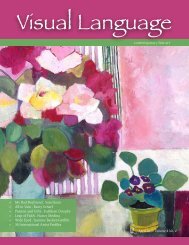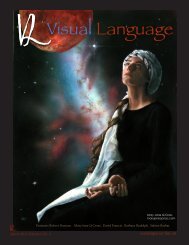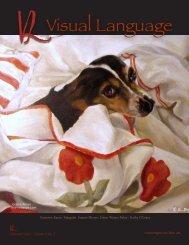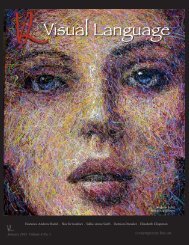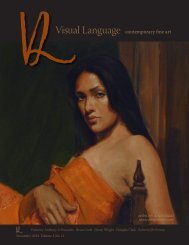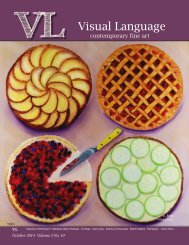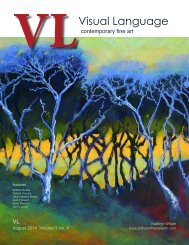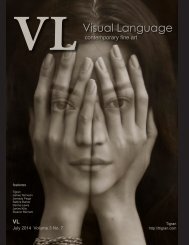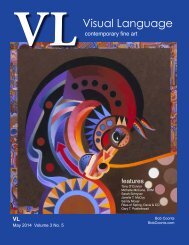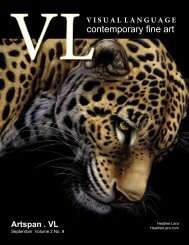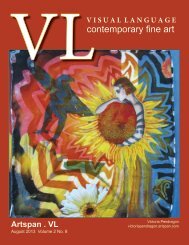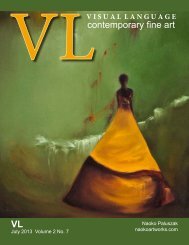Visual Language Magazine Contemporary Fine Art Vol 2 No 6 June 2013
Visual Language Magazine is a contemporary fine art magazine with pages filled with dynamic fine art, brilliant color and stimulating composition. Visual Language is the common connection around the world for art expressed through every media and process. The artists connect through their creativity to the viewers by both their process as well as their final piece. No interpreters are necessary because Visual Language crosses all cultures around the world.
Visual Language Magazine is a contemporary fine art magazine with pages filled with dynamic fine art, brilliant color and stimulating composition. Visual Language is the common connection around the world for art expressed through every media and process. The artists connect through their creativity to the viewers by both their process as well as their final piece. No interpreters are necessary because Visual Language crosses all cultures around the world.
Create successful ePaper yourself
Turn your PDF publications into a flip-book with our unique Google optimized e-Paper software.
VL<br />
Painting<br />
Light and Shadow<br />
with Hall Groat II<br />
I recommend for people just beginning, to paint the light side before the shadow of the form. If<br />
the lights are not kept clean and bright, the illusion of light and shadow will be very difficult to<br />
achieve, and ultimately the painting may lack a sense of form and appear as if it was painted in<br />
the dark. After learning the basics of painting through using strong light and shadow patterns,<br />
then one may try depicting the subject within the shadows or without a definitive light source.<br />
This is certainly a challenge; therefore why not just first progress though the stepping-stones.<br />
The shadow of the form should be painted thinner and quieter compared to the thick and bold<br />
light side. Work with the same large-sized brush that was used to paint the lights, however be<br />
certain that it’s absolutely clean, or use a second one. Before painting the shadow areas study<br />
its value through squinting like before, to simplify what you see. In most cases, the value of the<br />
background right next to the shadow will be quite similar, and in some cases identical. In plate<br />
15, note how the value of the left side of the teapot spout is only slightly darker compared to the<br />
background. Squint so your eyes barely open and the values will appear the same. <strong>No</strong>w, where<br />
the left edge of the teapot meets the background the values are identical, however the curve of<br />
the teapot lid is a bit warmer compared to the background. A subtle contrast in the temperature<br />
of the tone is the only thing that distinguishes them. During your next painting have some fun<br />
through exploring dramatic light and shadow patterns.<br />
Examples of Paintings with Strong Light and Shadow.<br />
Radishes 8x8 in. Oil on panel by Hall Groat II<br />
Peach and Peachtree Branches 8x8 in. Oil on<br />
canvas by Hall Groat II<br />
Apple Pyramid 8x8 in. Oil on panel<br />
by Hall Groat II<br />
37


